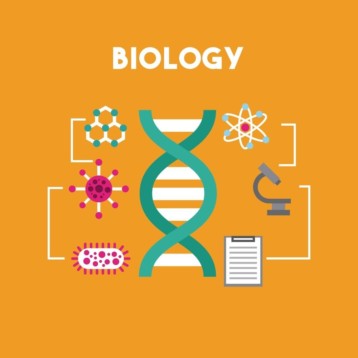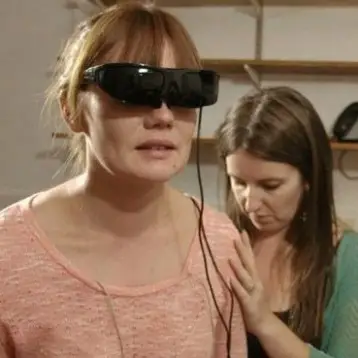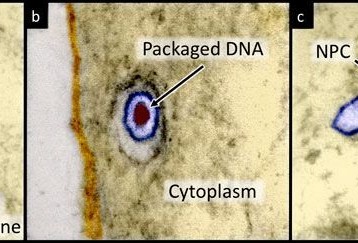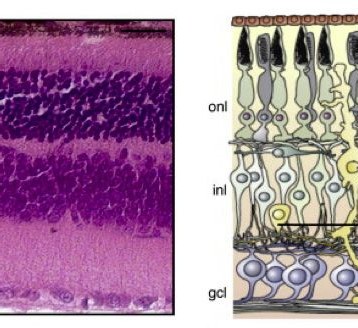|
Embryonic stem (ES) cells are derived from embryos which develop from eggs that have been fertilized in-vitro (test tube) in a fertilization clinic and then donated for research purposes. The cells are then transferred to a laboratory culture dish that contains a nutrient broth where are put through different genetic and physiological tests. These are cells that have not yet differentiated to any specific tissue and can become any type of cell. The process of their becoming tissue specific cells was in the spotlight of the study in question.
The research team conducting this study included Dr. Eran Meshorer of the Department of Genetics at the Silberman Institute of Life Sciences at the Hebrew University of Jerusalem. The team has discovered that the ES cells express large parts of their genome without any constraints. They express various lineage-specific and tissue-specific genes and also non-coding regions of the genome and repetitive sequences that comprise most of the mammalian genome, but are normally suppressed. Until recently, it was widely thought that most of the repetitive regions were not important for the organism. This discovery, among others, indicates that these areas have some unknown use and further research on their mission is necessary.
|
The next peculiarity the team saw was that when an ES cell differentiated into a cell type specific to a tissue, many genes were silenced (no longer expressed) and could no longer be activated. Until that happened the genome remained flexible, with the ES cells staying “ready to go” right until they had to differentiate and become any type of cell. Silencing, being an irreversible process, shuts down this ability.
To reveal the process, the researchers created the first full-mouse genomic platform of DNA microarrays. Microarrays are glass-based chips that allow simultaneous detection of thousands of genes. The microarrays used in this study were not confined to any specific genes but scanned the genome as a whole.
In this study, hundreds of such arrays were analyzed in order to cover the entire genome and test the gene expression during different points of stem cell differentiation. By observing the changes between different time points, the researchers were capable of establishing the exact point in time when the stem cells developed into specific tissue cells and the silencing occurred.
Many attempts are being made to replace damaged tissue with ES cells in diseases such as Parkinson’s, Multiple Sclerosis, and Alzheimer’s. When scientists will be able to improve the understanding of ES cell differentiation even more, the medical options of fighting these diseases will be expanded.
TFOT covered the topic of ES cells extensively in the past in the article entitled “Shedding Light on Blindness”. TFOT also covered the topic of artificial stem cells capable of curing Parkinson’s disease, and stem cells used for rebuilding heart tissue.
More information about the Hebrew University ES research can be found at the Hebrew University of Jerusalem website.











